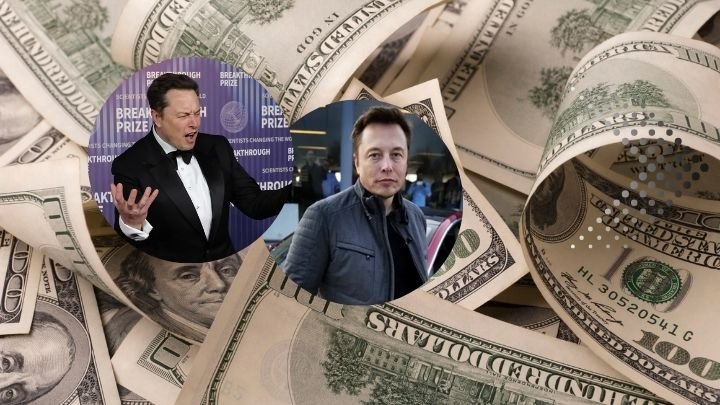Negosentro | From $500 to $500 Billion: How Quiet Ambition Built Elon Musk’s Empire | Discover the journey of Elon Musk — from selling a $500 game as a boy to becoming the world’s first half-trillionaire. Lessons on ambition, risk, and building impact.
He wasn’t born a legend. He was once a shy boy reading books in Pretoria. But that introvert who taught himself to code would one day become the first human ever to cross the $500 billion net worth threshold. As of October 2025, Elon Musk now holds a staggering valuation that eclipses any individual in history. This is the story of how a $500 video game sale planted the seeds of a multi-industry empire—an empire that spans rockets, electric vehicles, AI, media, and more. It’s a reminder: big dreams often begin in quiet places.
The Quiet Beginnings
In Pretoria, South Africa, young Elon Musk was an introverted kid who found refuge in books and computers. By age 10, he was reading voraciously and exploring programming basics. By 12, he had coded and sold his first computer game — “Blastar” —for $500.
His parents worried about his quiet nature, but Musk’s internal world was alive—with ideas, curiosity, and ambition. He later left South Africa at 17, partly to avoid mandatory military service, and partly because he believed his vision couldn’t be constrained by one country. He passed through Canada and eventually landed in the U.S., where the internet boom was just beginning.
Musk briefly enrolled in graduate studies at Stanford but dropped out after two days, declaring that he wanted to participate in the internet revolution instead of watching from the sidelines.
The First Big Wins
- Zip2: Musk’s first major venture was a software company called Zip2. He sold it to Compaq in 1999 for about $300 million, netting him ~$22 million.
- X.com → PayPal: Musk merged his financial platform X.com with what became PayPal. When eBay acquired PayPal in 2002, Musk reportedly walked away with ~$180 million.
These early successes gave him the capital—and the credibility—to take bigger risks.
Betting Everything on Giants
In the 2000s, Musk placed nearly all of his personal fortune into his two most ambitious bets: Tesla Motors and SpaceX.
In 2008, both ventures nearly failed. SpaceX had three sequential rocket launch failures. Tesla was bleeding cash and on the brink of collapse. Musk was reportedly sleeping on friends’ couches, funneling every dollar he had to keep the companies alive.
Then came the turnaround:
- A NASA contract rescued SpaceX.
- A government-backed loan gave Tesla breathing space.
From there, Musk’s companies gained momentum. Tesla forced the auto industry to reckon with electric vehicles. SpaceX showed that private enterprise could revolutionize space travel.
As of 2025, Musk’s wealth comes largely from Tesla stock and his stake in SpaceX, with additional ventures like xAI, Neuralink, The Boring Company, and his acquisition of X (formerly Twitter) contributing to his sprawling empire.
What It Means to Reach $500 Billion
With Musk’s net worth crossing $500 billion, we’re witnessing more than a personal milestone—it’s a reflection of how deeply his companies touch our world.
- Tesla reshaped the auto industry
- SpaceX changed how we think about space access
- Starlink is wiring the globe with internet
- xAI and Neuralink are pushing the frontier of intelligence and biotechnology
His wealth is volatile, tied closely to stock markets and valuations. But the milestone cements Musk’s place in history. He now holds the title of the world’s first half-trillionaire.
Lessons Behind the $500 Billion
- Start small, think bold
That $500 video game was small—a foot in the door. But Musk didn’t stop there. - Risk everything when the stakes are right
Musk bet his net worth, his comfort, and his reputation to keep dreams alive. - Vision outlasts obstacles
From countless technical failures to financial crises, the bigger picture drove him forward. - The world works in networks
Tesla, SpaceX, xAI—they’re not silos. They power each other, cross-leverage, and scale faster together. - Build for ten years, not ten quarters
Musk’s projects are long-term, moonshot-oriented, and patient in their payoff.
To the Dreamers: Your Turn
What dream feels “too crazy” right now?
Maybe it’s building a business, launching tech, transforming an industry—or solving a weird problem no one else sees.
Remember: the world’s first half-trillionaire started with a $500 video game.
(Visited 23,120 times, 1 visits today)


